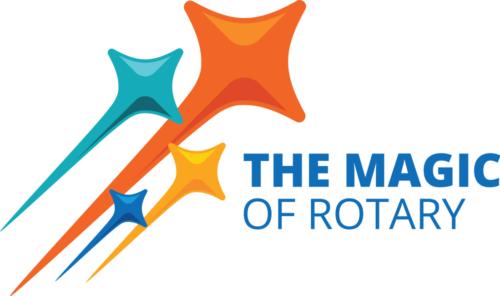Our program today was introduced by Ken Mallory. The Sierra Madre Search and Rescue Team (SMSR) is a group of dedicated volunteers committed to saving lives in the wilderness. The current team is comprised of about 25 members of whom 3 are women. There are some basic requirements to be a member: you must be physically fit, attend all training, buy all your own gear and be able to be on call to respond to emergencies. The team members all take the same training but have diverse backgrounds. Today’s speakers were 2 members of the SMSR team: Chuck, a software engineer and Susan, a nurse at City of Hope.
To put the program in perspective, here are the statistics for last year:
- 95 operations, 108 subjects (including 6 bodies)
- 15,000 man hours of which 7500 were training hours.
Chuck opened the program by explaining a bit about SMSR. Susan quickly stepped in explaining that since they had a very nice PowerPoint presentation, she would take it from here.
The SMSR has been around for about 60 years, founded in 1951. Their official motto is: “Anywhere in the wilderness that someone needs help….” and they mean that literally. Today there are 7 search and rescue teams operating in Los Angeles County – all volunteer and nonprofit. The SMSR has been a ground breaking pioneer and has a number of “firsts” to its credit including the first team to use blood hounds and the first team to make a rescue from a Chinook helicopter landing at 14,995 feet. They are on call and ready to go 24/7. Each team member has 2 duffels – one summer, one winter – always ready.
In order to qualify to join the SMSR team, you need to be at least 25 years old, have experience in backpacking and/or mountaineering, and be able to hike up to Orchard Camp with a 35lb pack in 90 minutes or less. The team members come from a wide variety of backgrounds but there seem to be a lot of “Geek Types” that get involved. The common thread that binds these individuals together is a love of mountaineering and a unique desire to help others. It takes 15 months to complete the training during which about half the class will drop out.
SMSR is a member of the Mountain Rescue Association and they train a lot in Southern California. Areas of training include such things as Snow and Ice, Technical Rock and Search and Rescue. Most of their call-outs are in our local mountains but they can be anywhere. An important part of their mission is to prevent the need for search and rescue. They focus on education by making presentations to various groups and youth organizations such as scouts. Most of the money supporting their operations comes from the local community. SMSR has assisted in training other search and rescue teams including starting a team in Taiwan.
All team members are EMT trained. They spend an inordinate amount of time training for various types of rescues and techniques. The following is a short list: helicopter rescue, swift water, snow & ice, technical rock, litter evacuation, search & tracking, raising & lowering systems, EMT certification, downed aircraft and personal locater beacon. And, it is not only humans that need rescuing. The Chantry Flat Pack station had an accident where a pack mule fell off the trail. Since the entire pack train was roped together, when the mule went over the cliff it pulled everything over with it – horse, mules, gear – everything went down. The SMSR team responded and had to bring in a veterinarian to help with the animals. The horse was actually air lifted out by helicopter.
The presentation then turned to personal safety in the backcountry. In our own backyard, the San Gabriel Mountains can be “very dicey”. An unusual contributing factor is the predominate type of rock, a poor granite, which will break or crumble.
The following are some things to remember:
Know before you go –
- Weather Forecast (dress accordingly)
- Know your route
- Hike with a buddy
- Leave a detailed plan of your trip with a friend or relative
What to do if you get lost: STOP (don’t be afraid – don’t panic)
- Stop
- Think
- Observe
- Plan
Stay calm and stay put (we tell the kids to “hug-a-tree). Take an inventory of your gear.
The 10 Essentials:
- Navigation (map)
- Sun Protection
- Insulation (clothing)
- Illumination (flashlight)
- 1st Aid
- Fire (fire starting kit)
- Repair Kit/Tools (pocket knife etc.)
- Nutrition (extra food)
- Hydration (extra water)
- Emergency Shelter (plastic bag)
Other things to consider would be a signaling device (whistle/mirror) and insect repellent.
They ended the presentation with an invitation to look at some of the rescue gear they had on display.

 Teri Muse Walk-a-Thon for mental health awareness
Teri Muse Walk-a-Thon for mental health awareness  10th Anniversary of The Field of Honor
10th Anniversary of The Field of Honor  Arcadia Rotary’s Installation of it’s 98th President
Arcadia Rotary’s Installation of it’s 98th President  Let’s Recap! 6/21/24
Let’s Recap! 6/21/24